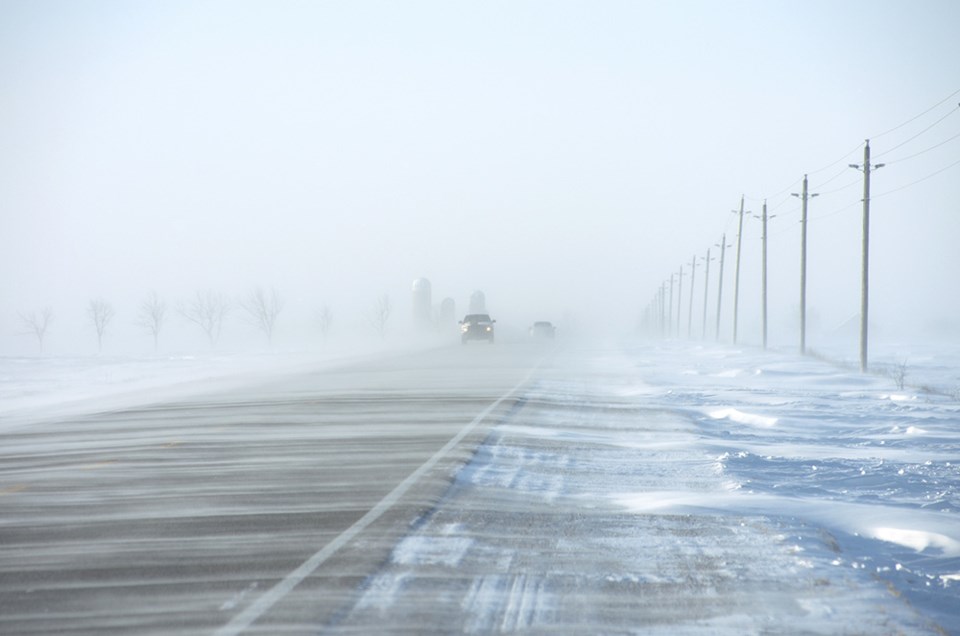THE PRAIRIES - The climatological phenomenon known as La Niña is present far out in the Pacific Ocean once again this year, and as its frigid ripple effects mix with the harsh cold unleashed by blasts from the polar vortex, the prairies can expect a cold winter.
According to longtime AccuWeather expert meteorologist Brett Anderson, the polar vortex could be displaced from its normal area above the North Pole and plunge into central Canada from time to time this winter. As Canadians experienced in February, that can make for a bitter and brutal few weeks.
"I believe we may see at least three extreme blasts of bitterly cold air dropping down into the southern Prairies this winter," Anderson said, noting that temperatures could plunge lower than 20 degrees below zero Fahrenheit (30 below zero C) on those occasions. "This winter will likely end up colder than the winter of 2018-2019 and the coldest winter since 2013-2014 in the region."
The winter will be about 3 degrees Fahrenheit (1.5 to 2 degrees Celsius) lower than average for the southern Prairies, Anderson said, with the lowest departures across Alberta and Saskatchewan.
Such surges may take a toll on the heating bill but could spell good news to hobbyists in need of solid ice conditions, such as ice fishers or outdoor hockey players.
Another impact from this season's La Niña-impacted polar jet stream will be increased snowfall in the provinces of Ontario and Quebec, which account for much of the eastern portion of the nation. Anderson said fans of snow in those heavily-populated areas can thank the polar jet stream for that increased snowfall.
Frequent cold intrusions across the Prairie region this winter should also force the secondary storm track well far to the south in the U.S., Anderson said. Storms will instead take aim at the Rockies and southern Plains of the U.S., before swinging northward and cutting up into parts of eastern Canada.
"The majority of the snowstorms will track up into Ontario and Quebec," he said.



